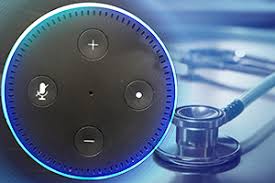Older adults can save tens of thousands of dollars annually by choosing assisted living communities over aging in place in their homes.
Unlike point solutions, Inspiren unifies resident safety, care planning, staffing, and emergency response into a single AI-powered platform.
An artificial intelligence-powered virtual assistant platform for senior living and care providers.
Betting that AI could lighten the clinician load.

 The aging population has significant implications. Consider a few assumptions:
The aging population has significant implications. Consider a few assumptions:  Future staffing demand will force industry to rethink care strategies. According to BLS, the industry will need
Future staffing demand will force industry to rethink care strategies. According to BLS, the industry will need  Lifespan versus healthspan – a worrisome difference of 12.4 years in the US. While many older adults may live longer, well into their 80’s, they may be living with chronic diseases such as diabetes, heart disease and cancer. That difference, known as healthspan, may be as much as 12.4 years in the US, the worst globally, according to
Lifespan versus healthspan – a worrisome difference of 12.4 years in the US. While many older adults may live longer, well into their 80’s, they may be living with chronic diseases such as diabetes, heart disease and cancer. That difference, known as healthspan, may be as much as 12.4 years in the US, the worst globally, according to  Home care is a labor-intensive business
Home care is a labor-intensive business